Survive Spring Allergies with AsthmaGo® | CMI Health Blog
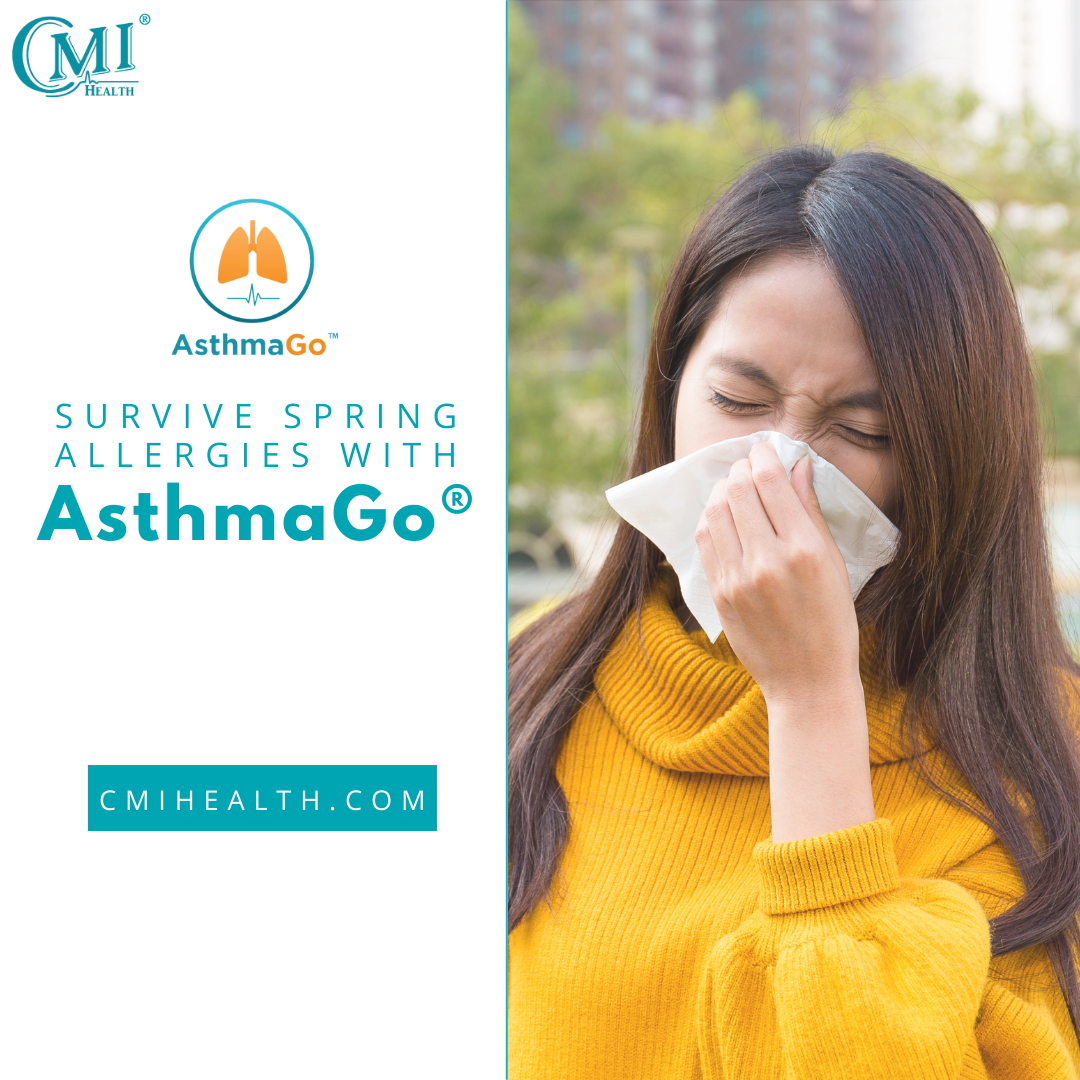
Spring has sprung! The days are getting longer, the weather is warming up, and flowers are finally starting to bloom. Unfortunately, this means asthma and allergy triggers are making their seasonal appearance as well. May is usually the peak season for asthma flare-ups, which makes it the perfect time to spread awareness about asthma symptoms and treatments. This is why the Asthma and Allergy Foundation of America (AAFA) dedicated May as National Asthma and Allergy Awareness Month. Even though nearly 26 million people in the United States are affected by asthma and allergies, many people still don’t understand what it’s like to live with these conditions and the impact they can have.
What is Asthma?
Asthma is a chronic respiratory condition that causes inflammation and swelling of the airways. This results in narrowing of the airways that carry air from the nose and mouth to the lungs. Symptoms include trouble breathing (shortness of breath), wheezing, coughing, and tightness or pain in the chest. While asthma cannot be cured, it can be managed effectively with proper treatment and self-care.
Asthma is a leading chronic disease in children. It is one of the top causes of missed school days and hospitalizations for children; it accounted for almost 14 million missed school days in one year alone. It can also be a significant burden for adults, as asthma is one of the most costly diseases in the United States. The annual economic cost of asthma was more than $81.9 billion – including medical costs and loss of work and school days.
Spring Allergies and Asthma
Did you know that allergies are the most common asthma trigger? Up to 60% of adults and 80% of kids with asthma have allergies that trigger their asthma and make symptoms worse. Asthma symptoms and attacks can be exacerbated in the spring because the airways in the lungs often get swollen or inflamed due to the increased presence of pollen and other environmental allergens (dust mites, mold, or pet dander).
Since asthma already makes it harder to move air in and out of your lungs, these triggers make breathing even more difficult. This is because when you breathe in one of those triggers, your air ways swell and the muscles around your lungs tighten. When this happens, it is called an asthma attack or flare-up. Symptoms can include coughing, chest pain, sneezing, runny noses, and watery or itchy eyes.
Managing Spring Allergies
1. Take Medications as Prescribed
If you have asthma, it's essential to take your medication as prescribed, even if you're feeling well. Your healthcare provider may recommend a range of medications, including bronchodilators, inhaled corticosteroids, and leukotriene modifiers. These medications can help reduce inflammation, open up airways, and prevent asthma symptoms.
2. Stay Informed About Pollen Levels
Check pollen levels in your area and plan your activities accordingly. On days when pollen counts are high, try to stay indoors as much as possible. With the AsthmaGo® app, you can check the Air Quality Index to see how severe pollen or pollutants are in your area.
3. Keep Indoor Air Clean
Keeping windows closed and staying indoors can reduce exposure to outdoor allergens, but it can also lead to indoor air pollution. Use HEPA air filters or purifiers and keep surfaces clean to reduce the buildup of allergens and irritants indoors.
4. Avoid Triggers
Identify and avoid triggers that worsen your asthma symptoms. Common triggers include smoke, pet dander, dust mites, and mold. If you're unsure what triggers your symptoms, talk to your healthcare provider.

We designed AsthmaGo® by putting our users first. Asthma management certainly doesn’t have a one-size-fits-all solution, especially considering the fluctuations in asthma severity many deal with depending on the time of year. With the AsthmaGo® app, you can track health trends over time, log daily symptoms and medications, and even check the Air Quality Index to see how severe pollen or other allergens are in your area.
You can even share your health data reports remotely with your physician. This can aid your physician in developing a refined and personalized asthma treatment plan that evolves with your specific needs over time. Spring allergies can be a significant trigger for asthma symptoms, but with proper management, it's possible to reduce the impact of allergens on your health. Remember to always talk to your healthcare provider about any concerns or questions you may have about your symptoms.
Fight seasonal allergies with AsthmaGo®, download today: https://apps.apple.com/us/app/asthmago/id1576739743
Still have questions? Feel free to contact us at info@cmihealth.com or call us at 888-985-1125 (ext. 1).




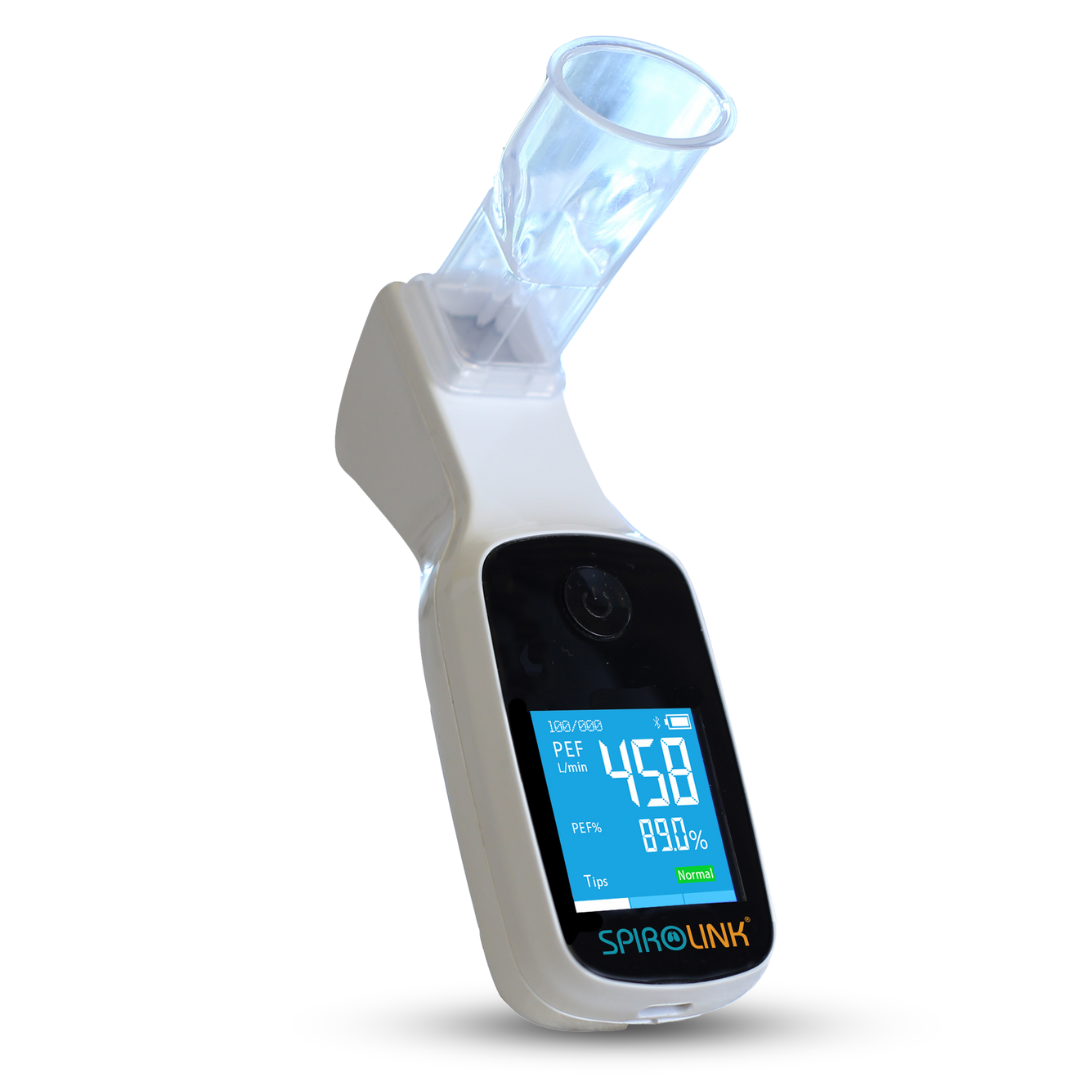
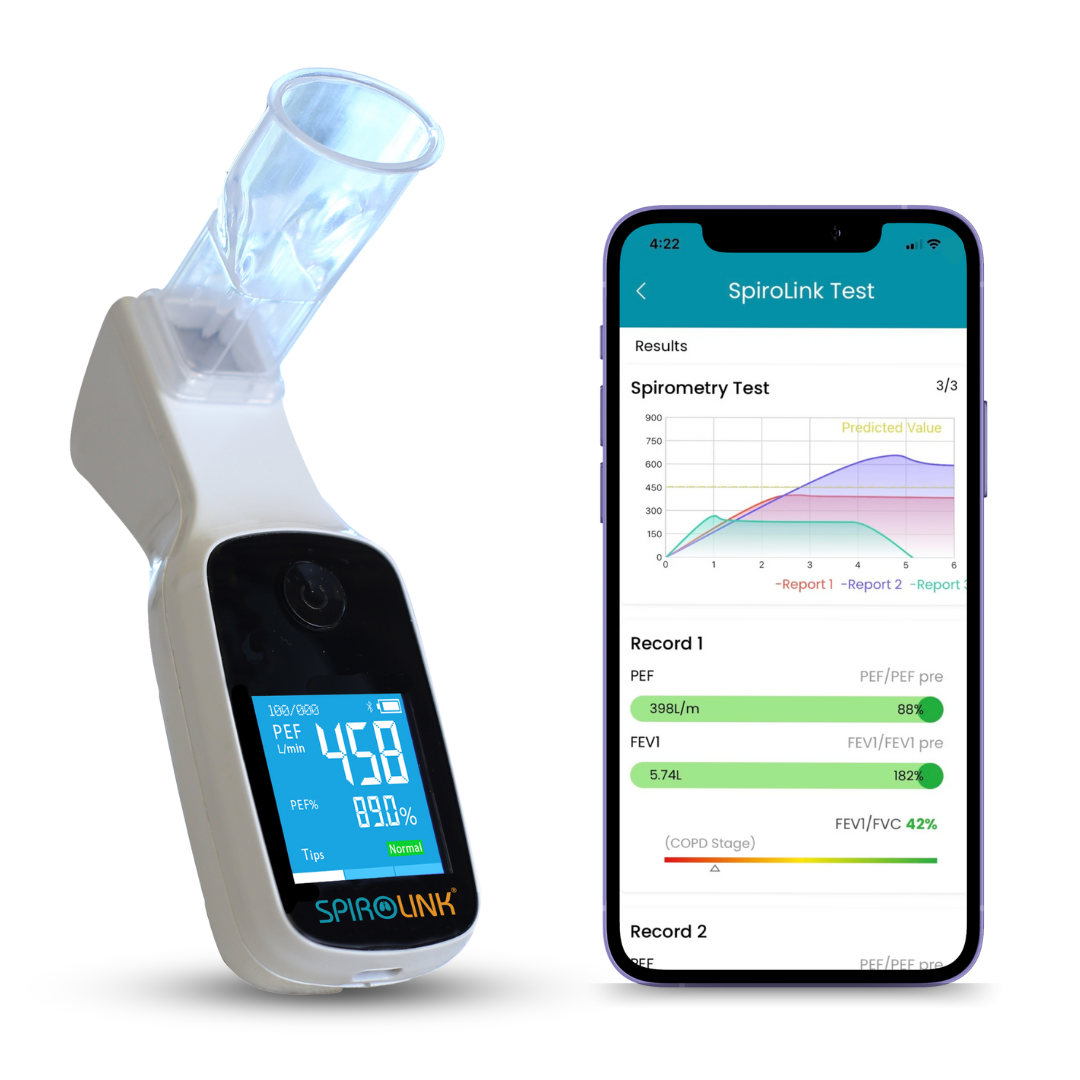


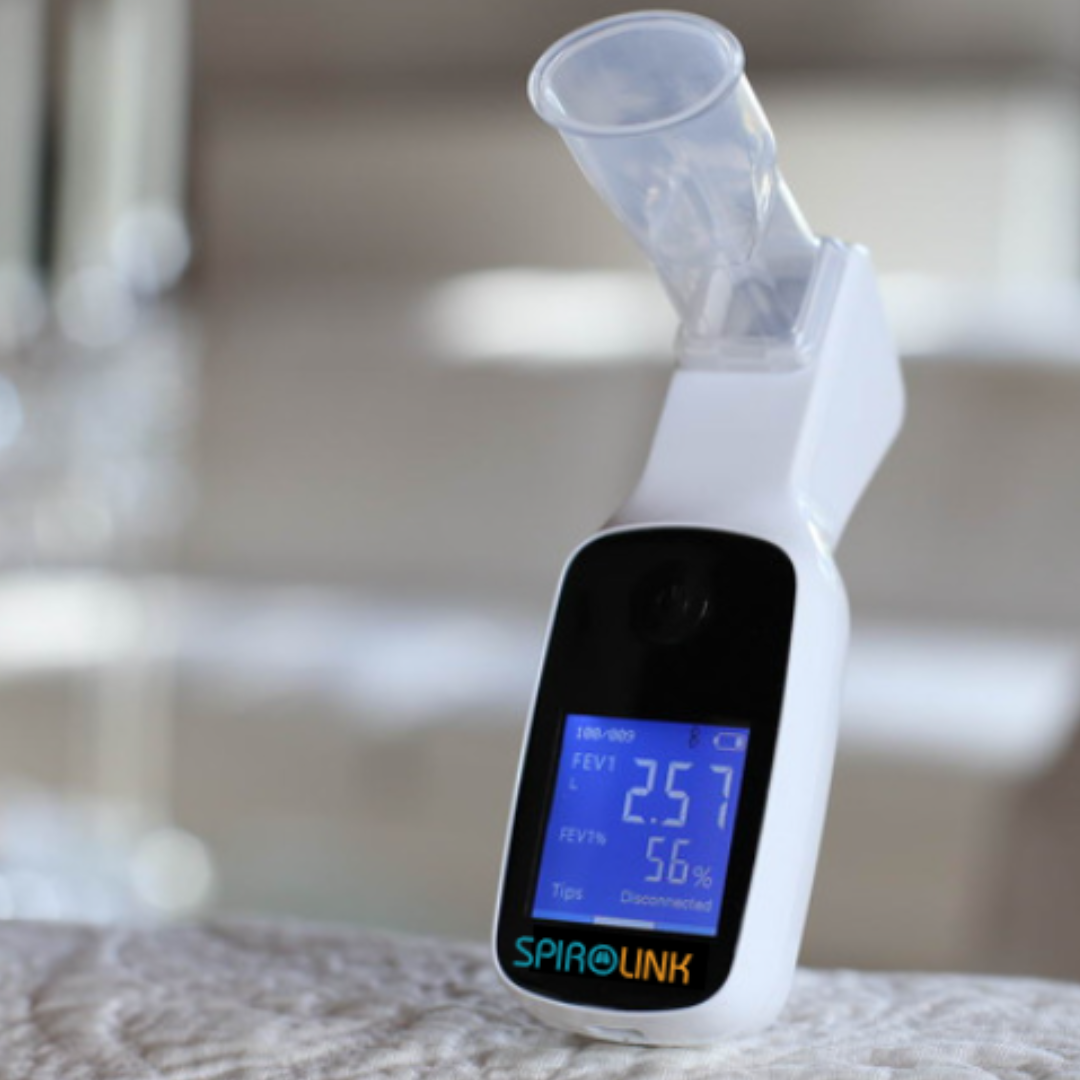
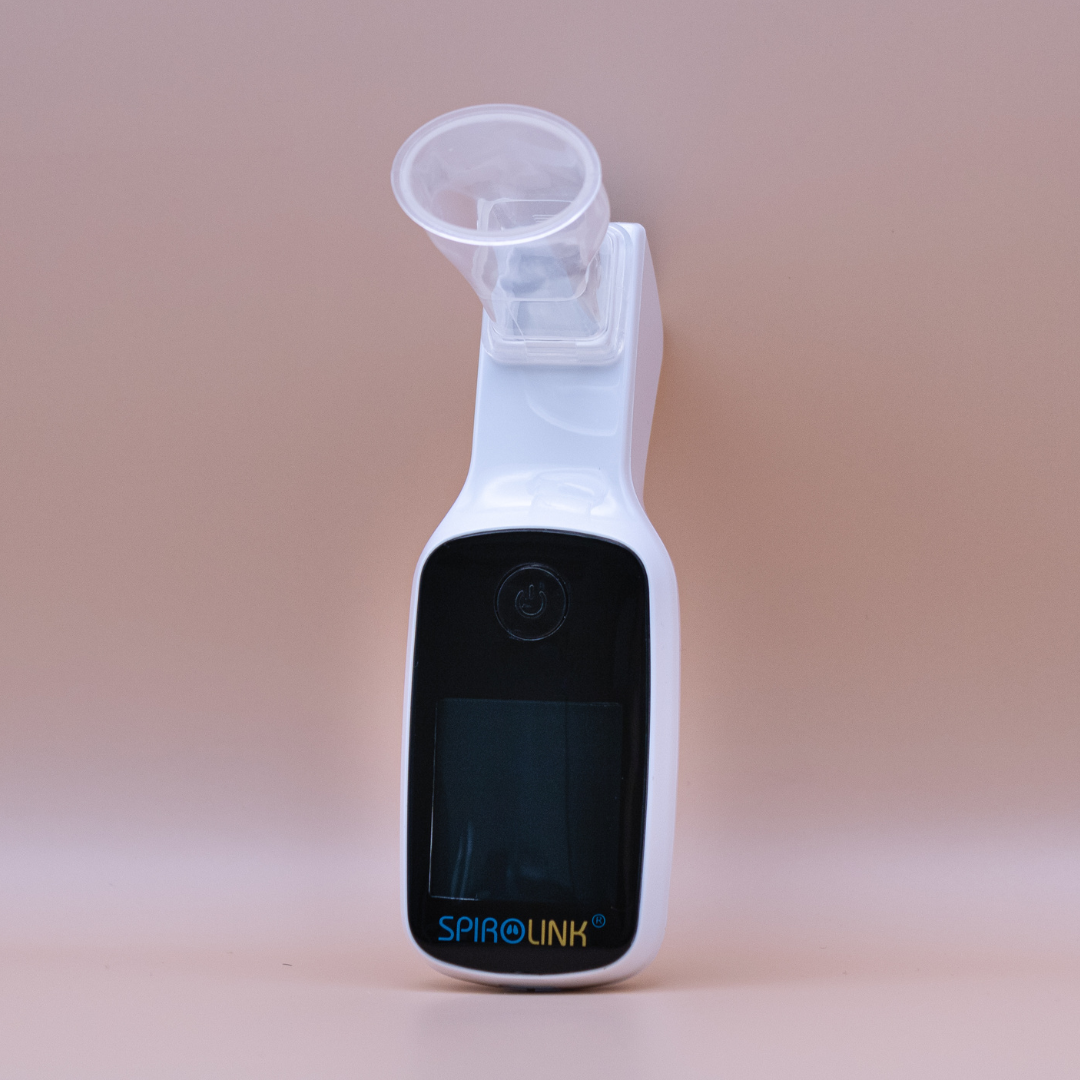

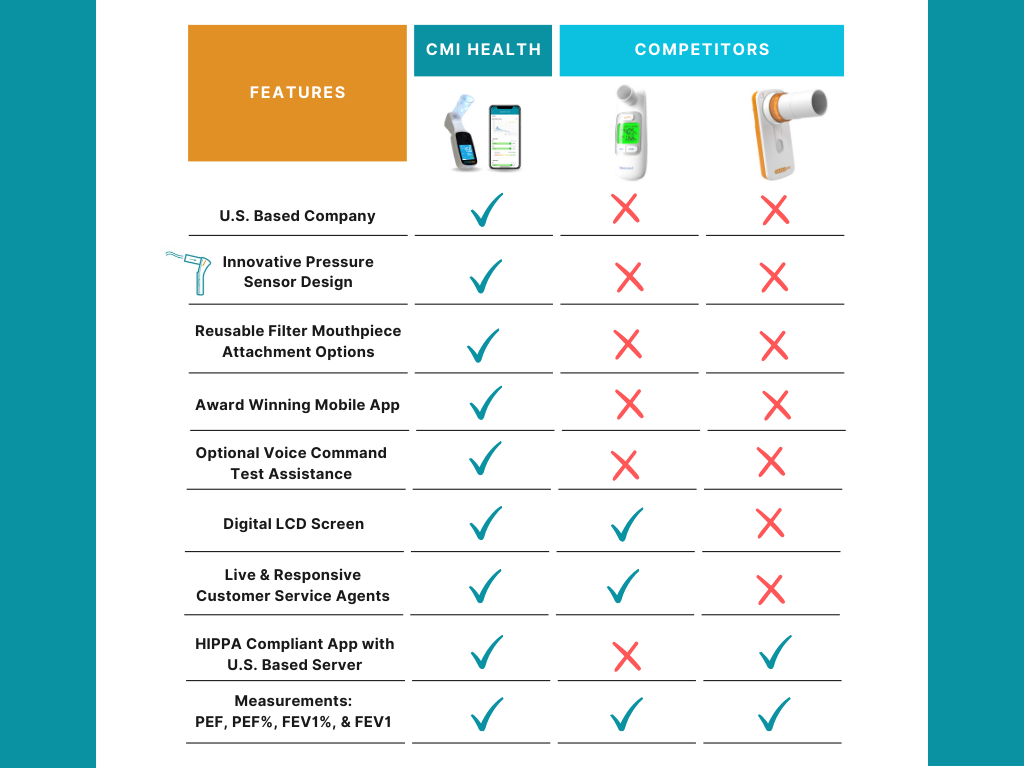
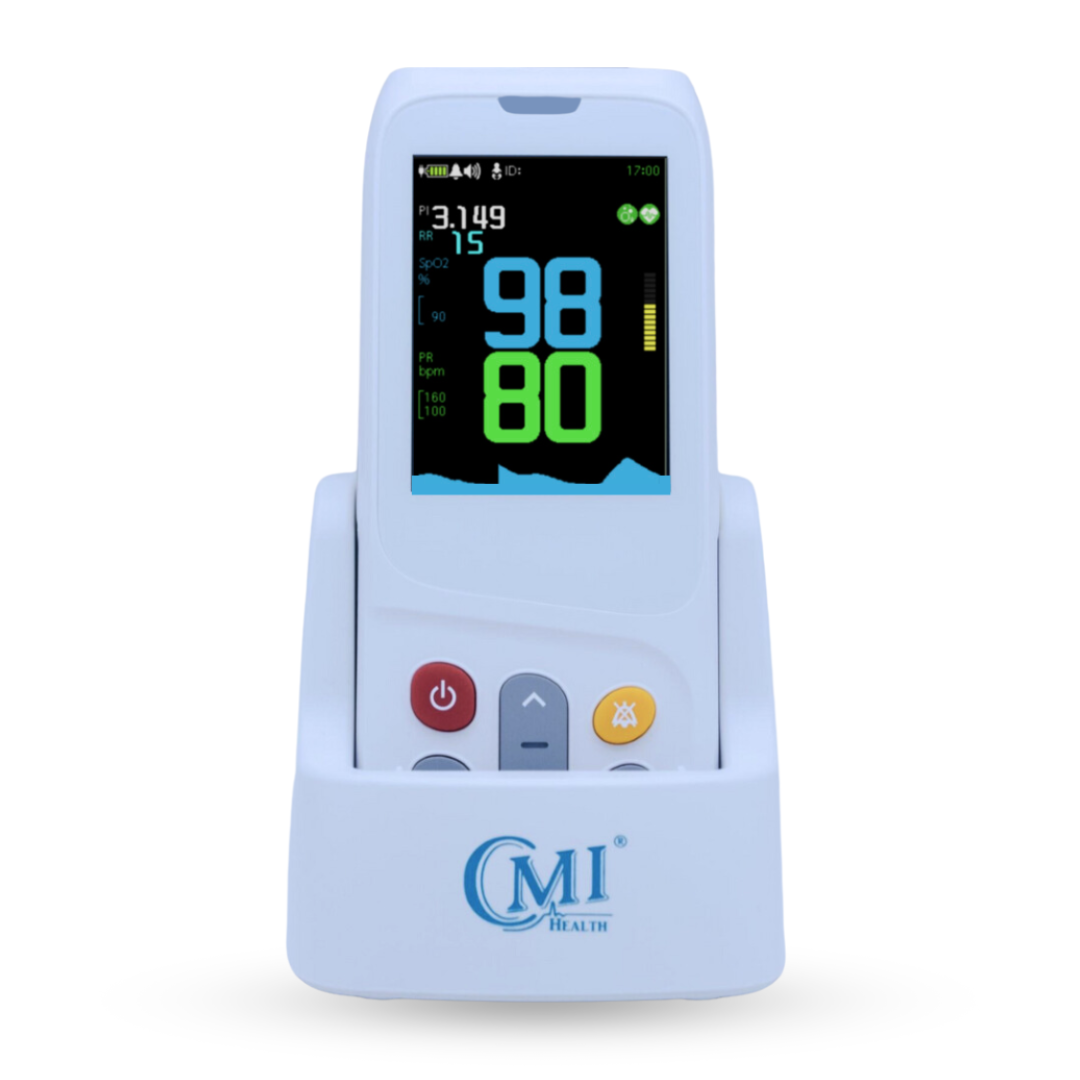
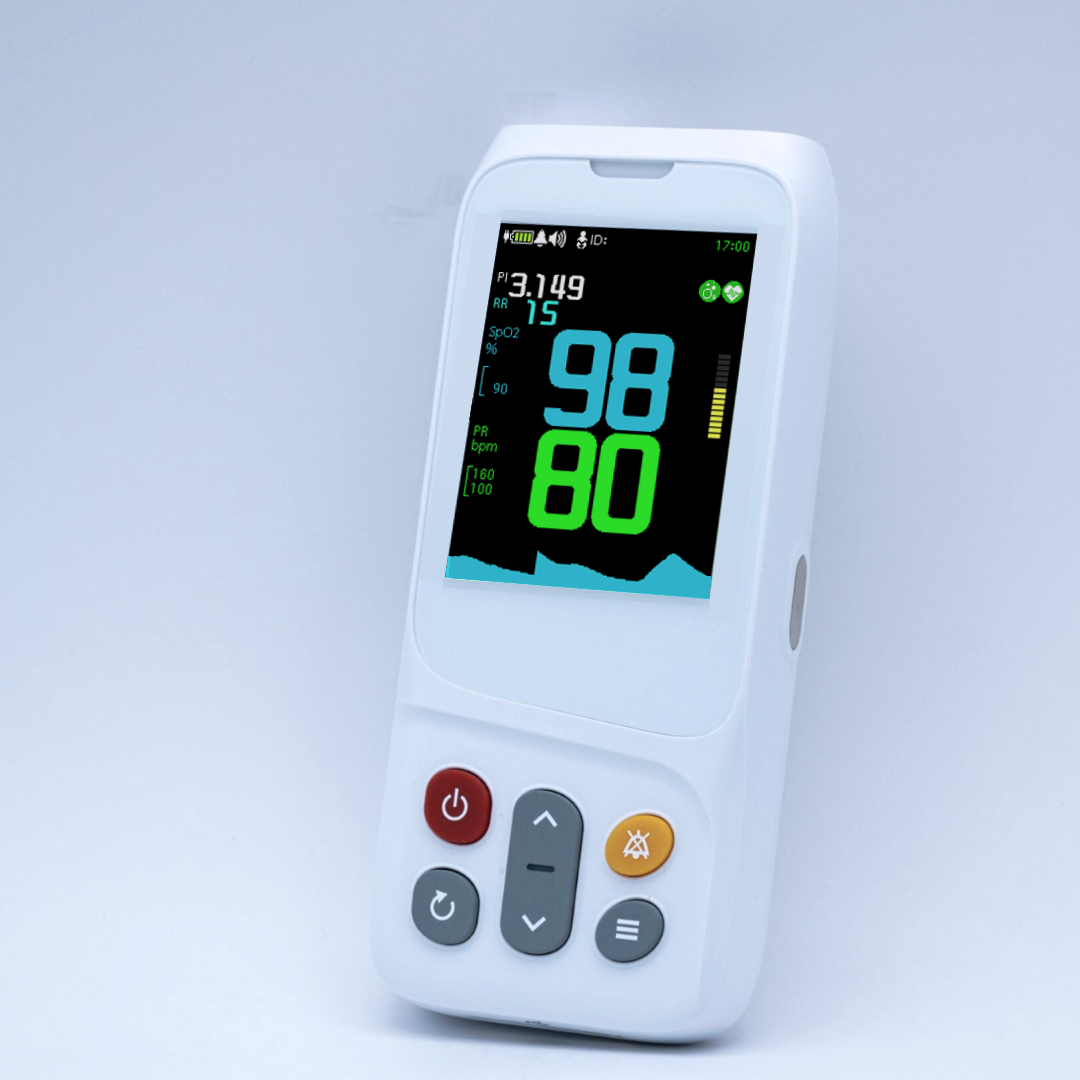
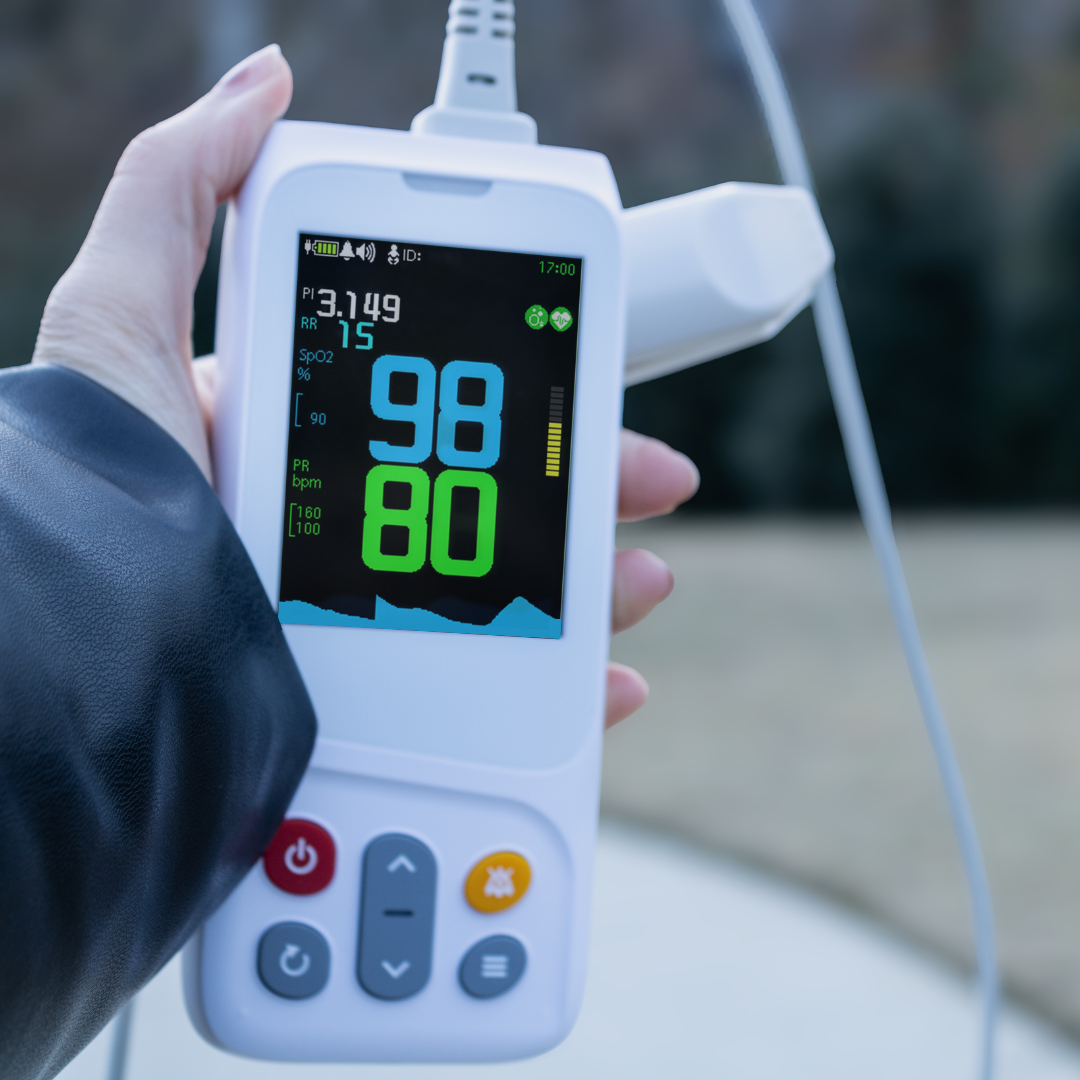
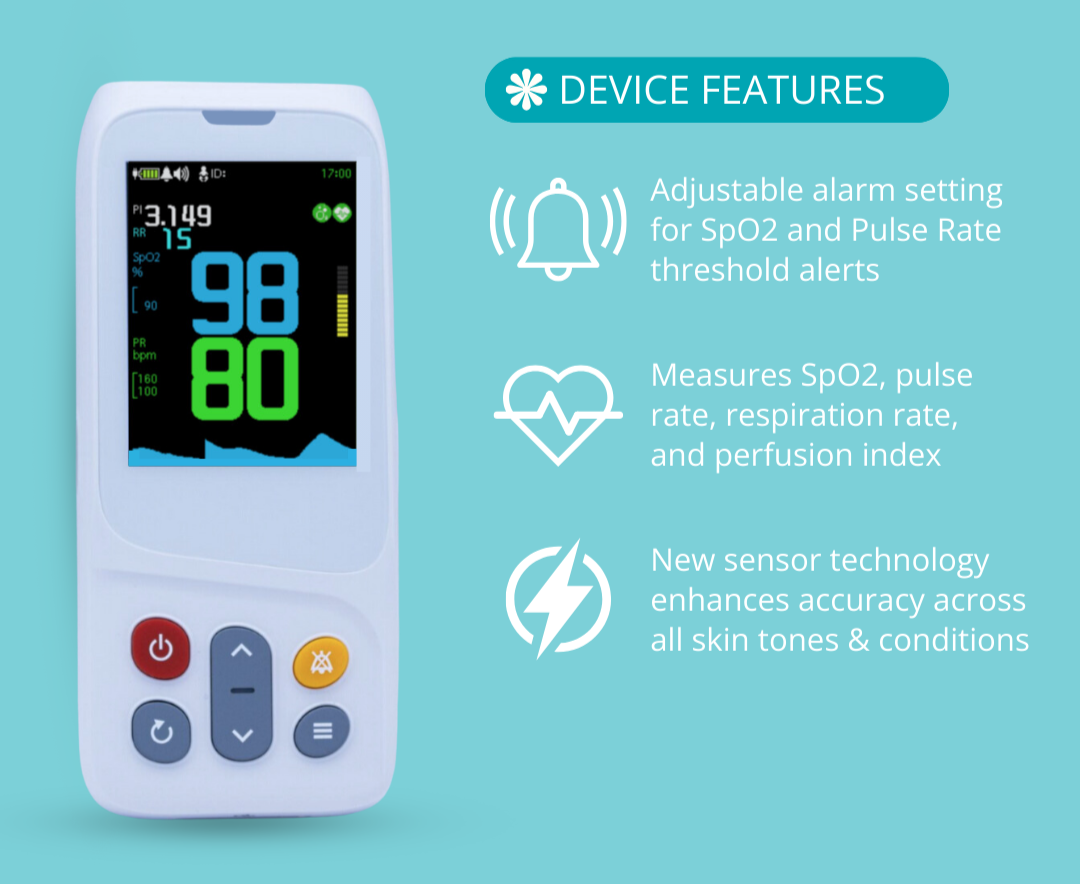


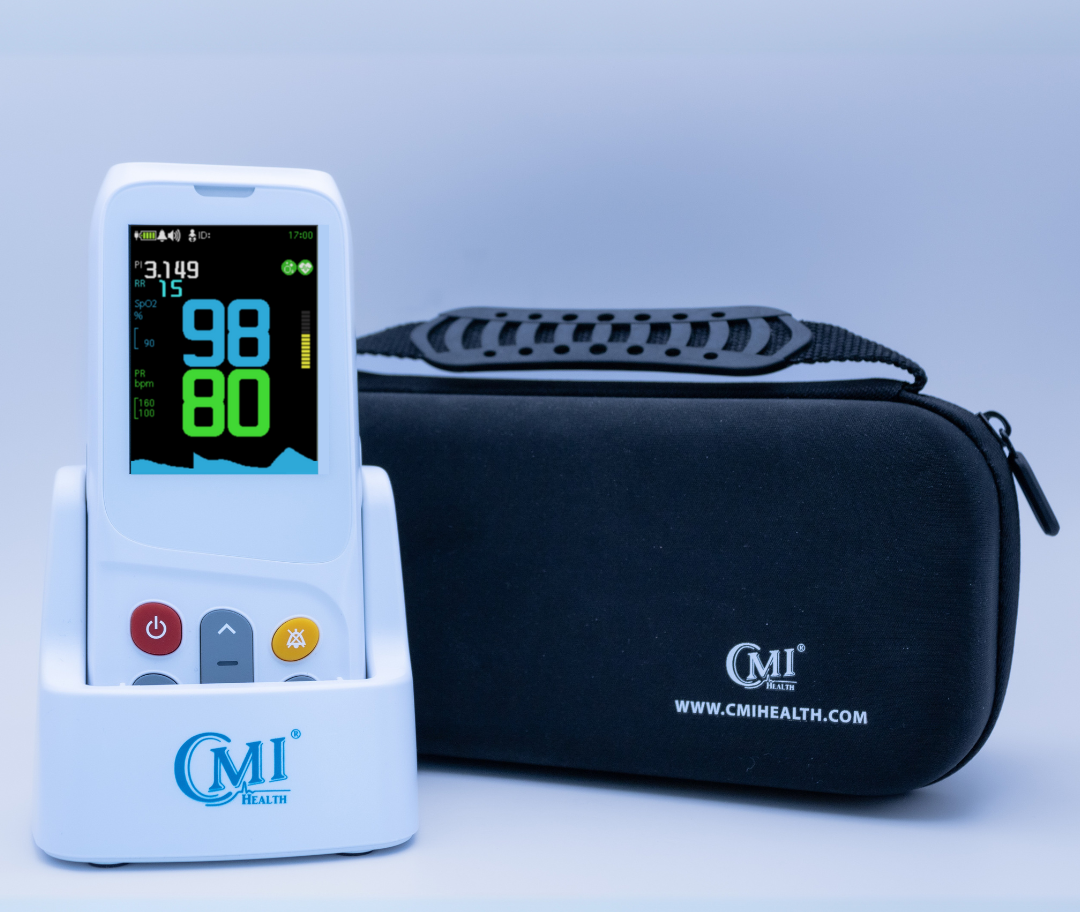


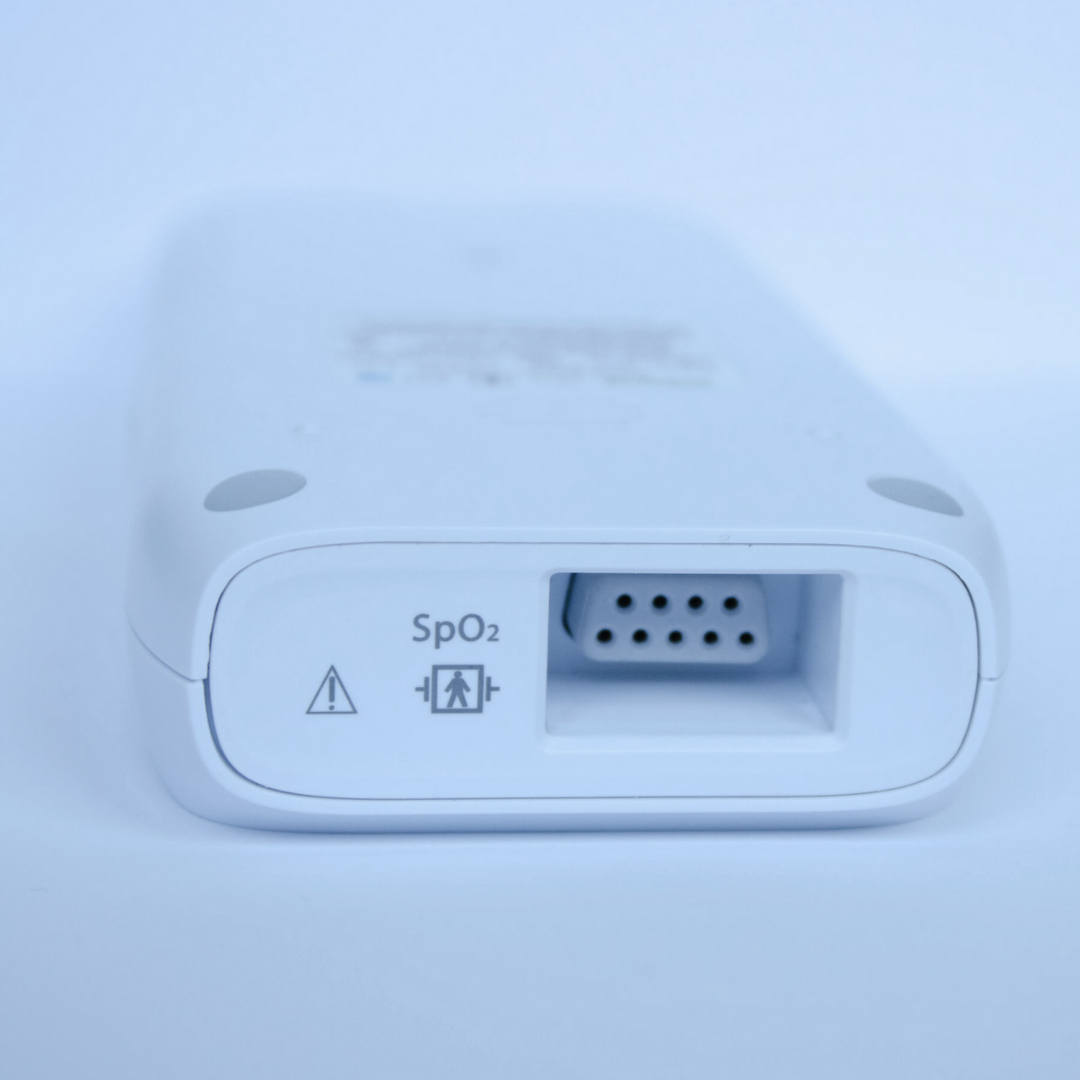
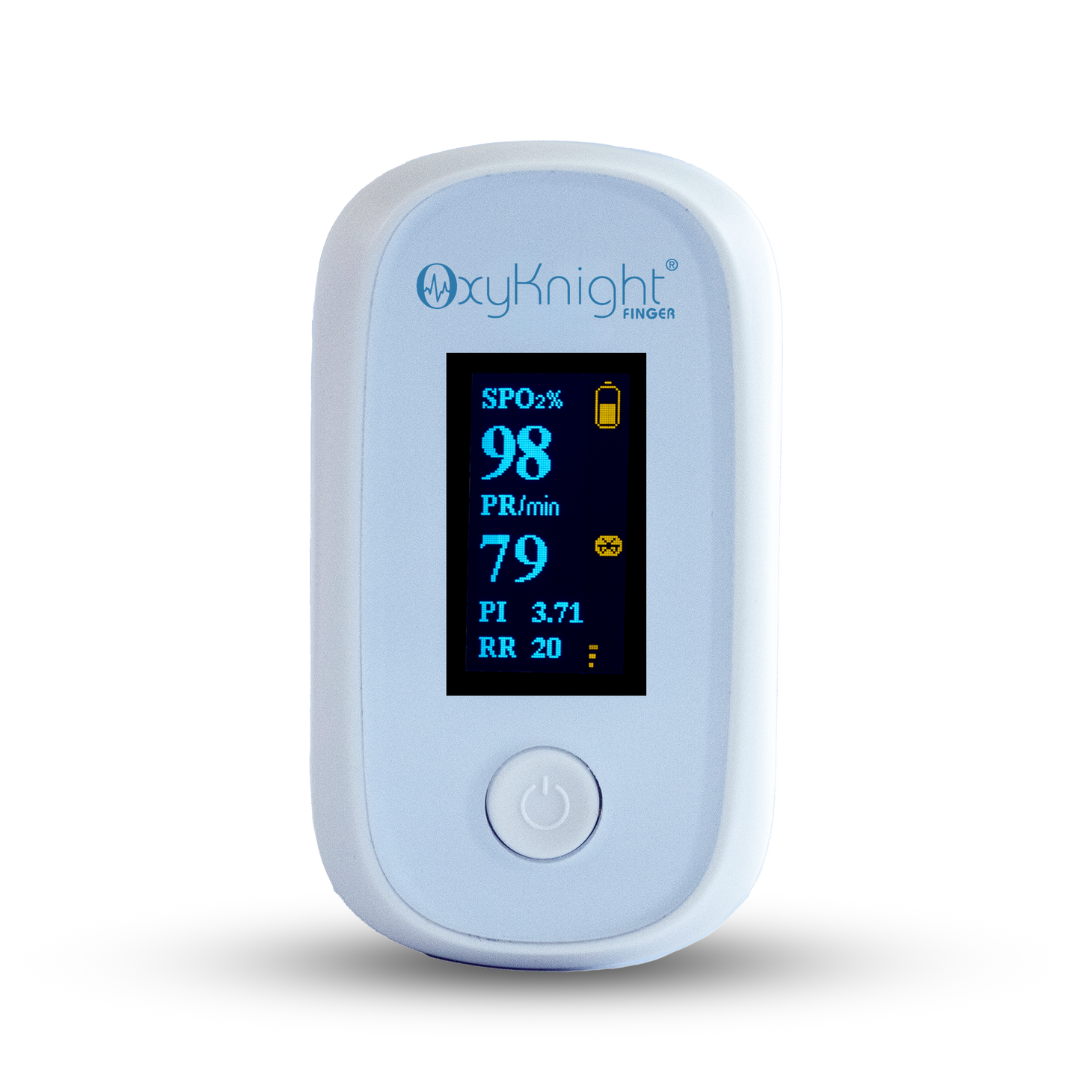












Leave a comment